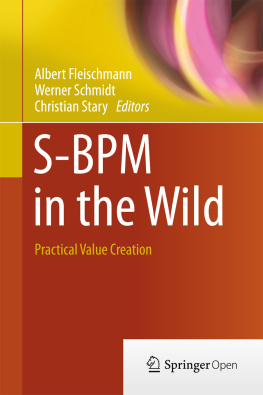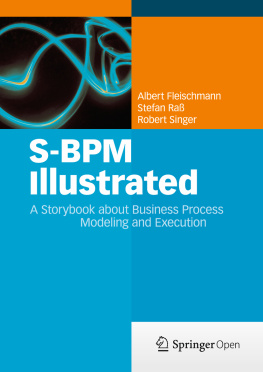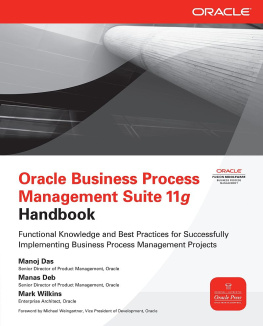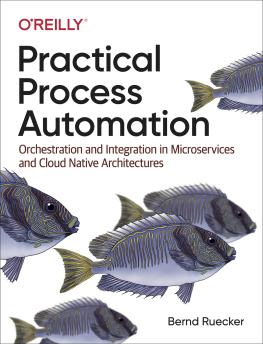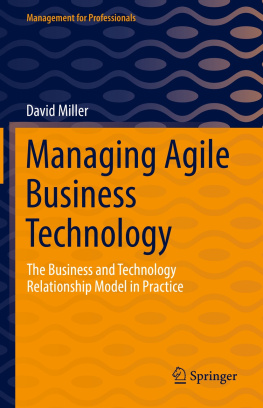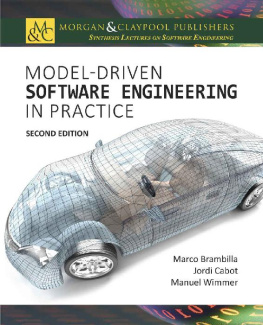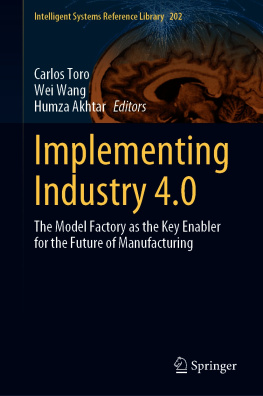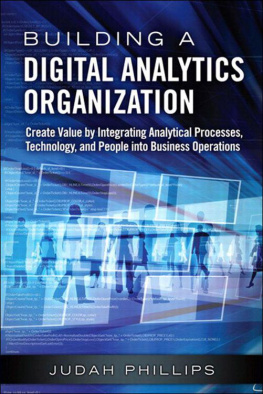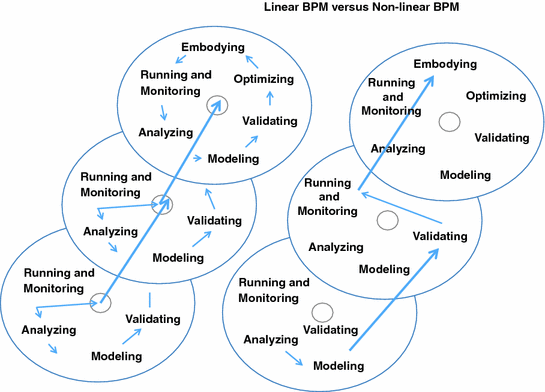1. Introduction
Subject orientation , as introduced in (Fleischmann et al. ), aims for contextual design of socio-economic and socio-technical systems primarily from an interaction perspective. The S-BPM (Subject-oriented Business Process Management ) modeling language reflects the trend towards semantic specification and processing. Although S-BPM is a domain-independent approach, each application is case-sensitive, even when validated models can be executed automatically, thus enabling seamless roundtrip engineering. Infrastructures, in terms of both organizational and technical characteristics, such as project-like organization of work, service-oriented architectures and cloud computing, need to be integrated along each life cycle.
While traditional approaches to modeling are mainly driven by functional and hierarchical decomposition of value chains, S-BPM considers behavior primarily emerging from the interaction between active system elements termed subjects, based on behaviors encapsulated within the individual subjects. Particular bundles of activities and their iterations enable adapted or novel organizational behavior, becoming manifest in the various levels of organizational development. Each level corresponds to a certain level of organizational maturity, and can be achieved either in a linear or a non-linear sequence of S-BPM activity bundles , as indicated in Fig..
Fig. 1.1
Patterns of organizational development driven by S-BPM
Linear development (left part of the figure) corresponds to traditional life cycle approaches to Business Process Management (BPM ) (cf. Weske ): In order to complete a phase each activity has to be executed, and needs to be completed at least one time before entering the next life cycle (i.e., the next level in development), even when there are cyclic activities within each life cycle, such as modeling and validating models several times. The transition to the next BPM step is traditionally defined by reaching a dedicated bundle of activities, mainly running and monitoring. It allows observing running a business after modeling and embodying processes into the operation, and before analyzing the effect of implemented process changes. It corresponds to entering already the next BPM cycle, as indicated when following the bold directed link to the upper level in the figure.
In the non - linear S - BPM approach (right part of the figure) reaching the next step of organizational development is characterized by being able to switch to a higher stage of development (displayed as the upper layer) from each of the activities, as indicated in the figure through the bold directed arcs. The most typical example is changing individual functional behavior while keeping the interaction interface to other subjects. It allows improving the individual organization of work on the fly.
However, its effects become evident on the organizational level through monitoring the concerned subjects behavior in its operative context. Since this emergence of organizational behavior resulting from individual functional behavior modification can be driven by several subjects, the results need to be evaluated (monitoring and analyzing) on another level of organizational development than the one where the changes actually occurred. The more an execution engine is intertwined with the activities of the life cycle, the more can direct effects of changes be experienced and the more likely stakeholder changes lead to the next level of organizational development. It accelerates organizational development.
When handling the S-BPM life cycle in a non-linear way, modeling has to be considered one of the core activities, as models may serve as focal points for improvements or for changes of the communication behavior before becoming effective on the operational level. In S-BPM the organizational and subject-specific levels and their interfaces are addressed in a consistent way. An organization is represented in terms of interacting subjects specified in the S-BPM Interaction Diagram. Outcome is generated through the exchange of business objects that are processed by functions. Functions are performed by the involved subjects, and are specified in the S-BPM Behavior Diagram.
In this way, S-BPM captures all essential aspects of BPM, namely the Who, the What, the How, and the When. However, it is the communication-oriented way of specifying organizational and stakeholder behavior that ensures coherence and reducing complexity in change management. Hence, there are several ways of applying S-BPM. Field studies, such as qualitative descriptive reporting, have turned out useful for demonstrating the practicability of novel paradigms and the state of affairs in the field (cf. Senge et al. ). A field study is generically a story. It presents the concrete narrative detail of actual events. It has a plot, an exposition, characters, and sometimes even dialogue. Each study focuses on an essential issue, such as capturing exception handling in business through extending subject behavior diagrams with non-routine behavior, as it is not only a description, but also an analysis.
The authors of a case explain step-by-step how the story develops, and give readers context in each step for the explanation and conclusion drawn. This contextualization also relates the happenings to the concepts or theories of S-BPM, in particular how a certain framework, procedure, concept or feature can drive or drives a case. Besides capturing the processes of data collection and analysis, interventions or disruptions are listed, along with a strong attempt to make connections between the data and the analysis (conclusions) evident. Since field studies tend to be exploratory, most end with implications for further study. Here, significant variables are identified that emerged in the course of the study, and lead to suggesting S-BPM novelties. Implications for contextual factors, such as skills of project participants, are helpful for conveying a complete picture of the case.
The field studies could be clustered according to three main S-BPM themes:

